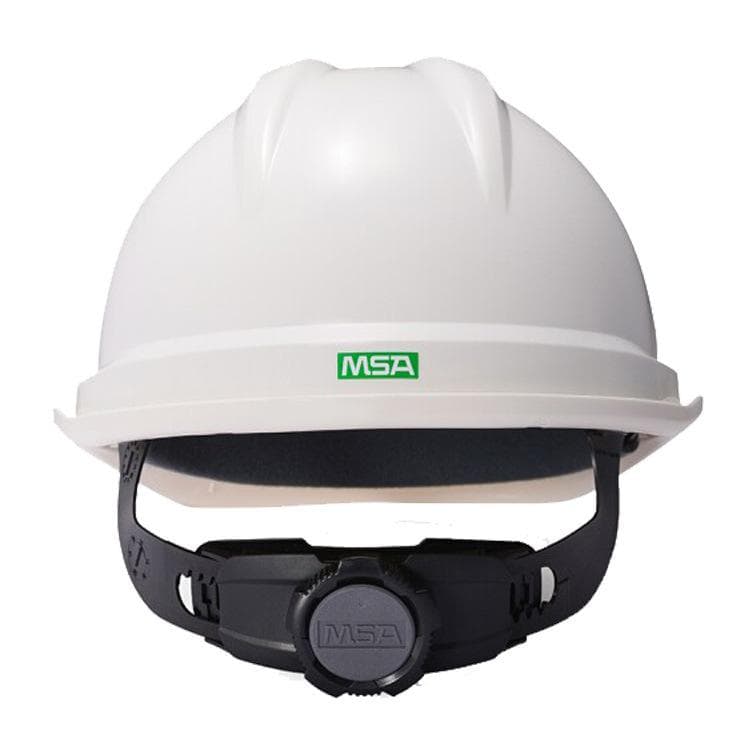Hard Hats
The average safety hard hat weighs about 14 ounces, the average man's head weighs 14 pounds.
So a hard hat provides about an ounce of safety for every pound of head provided the head protection is properly warned and maintained.
The brain is the control center for the body and the slightest damage to any part of the brain will cause malfunction of some area of the body. Under normal circumstances, the skull protects the brain. But when the possibility of injury from falling or flying objects exists, additional protector is required. Hard hats not only reduced the chance of serious injury resulting from falling objects, but they can also provide protection when you bump your head on things like machinery, ductwork, ceiling tie wires and forms. Non conductive hard hats protect you from electrical shock and burns, never wear metal hard hats around electrical work.
The better care you take of your hardhat the better care it will take of you.
Here are some suggestions to maximize its effectiveness, properly adjust suspension systems to maintain clearance between your head and the shell of the Hat. Don't cut holes for ventilation. Don’t heat and bend your hard hat. Don't substitute a bump cap, they aren't strong enough. Don't paint your hard hat. Don't put anything under the hard hat except your head. This includes cigarettes or notepads. Don't wear your hard hat backwards.
The hard hat is a useful piece of safety equipment, but like any other protective device, it must be properly adjusted and worn and kept in good condition to give you maximum protection.
Don’t be a hard head, get in the hard head habit.











